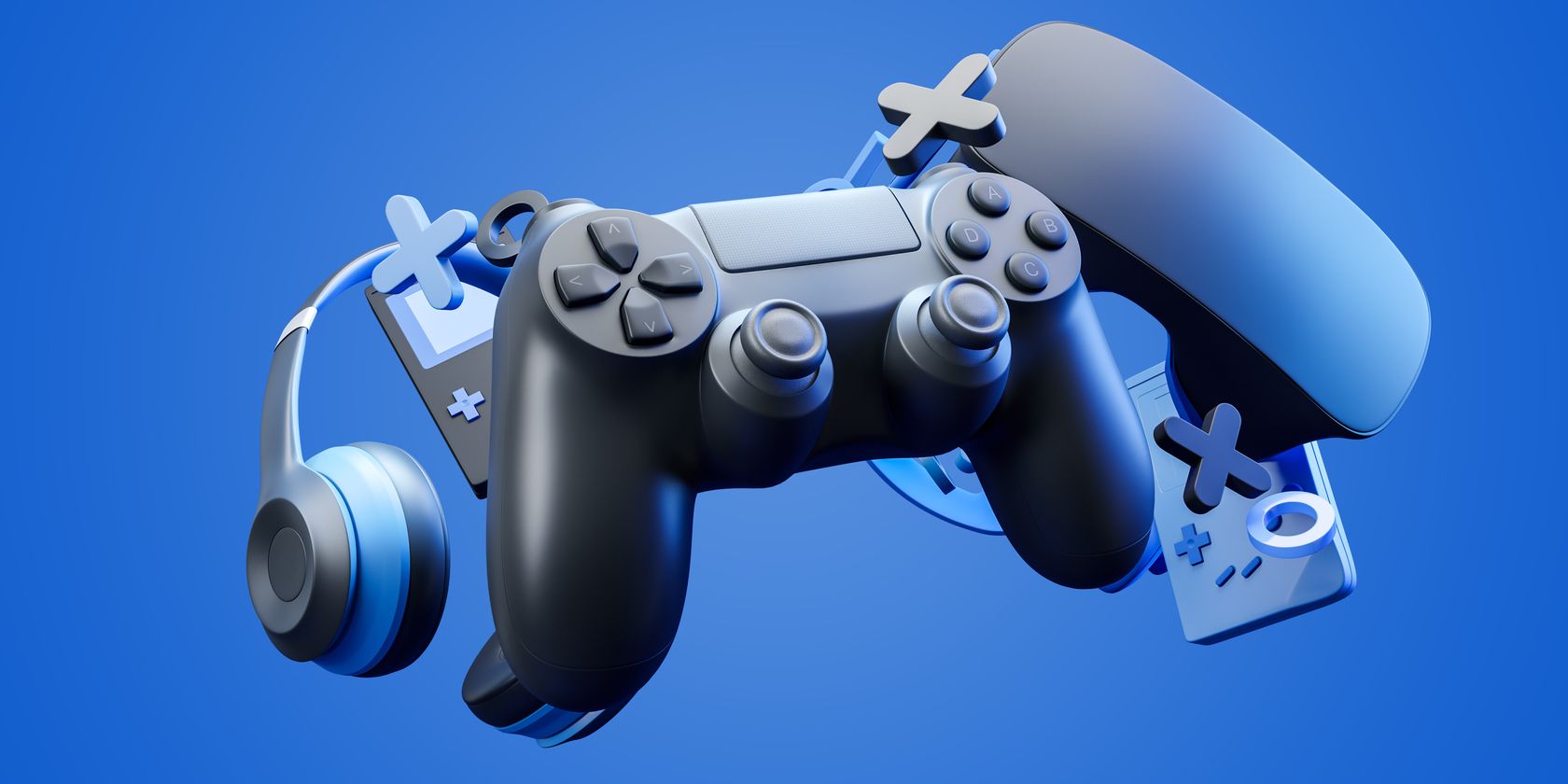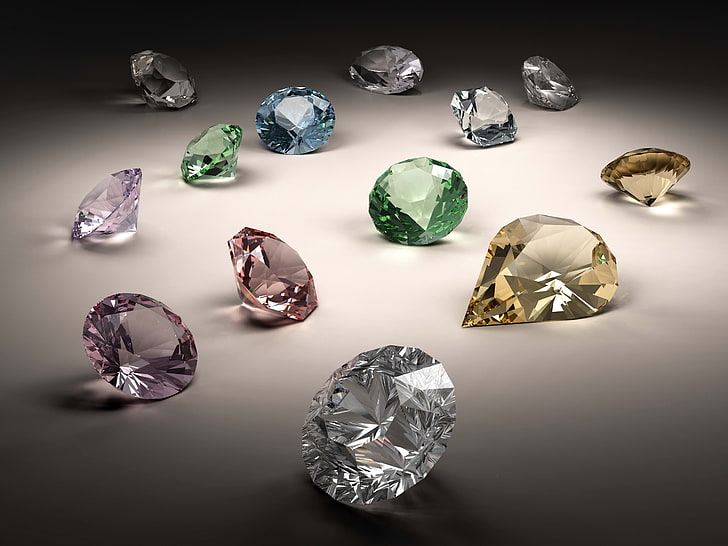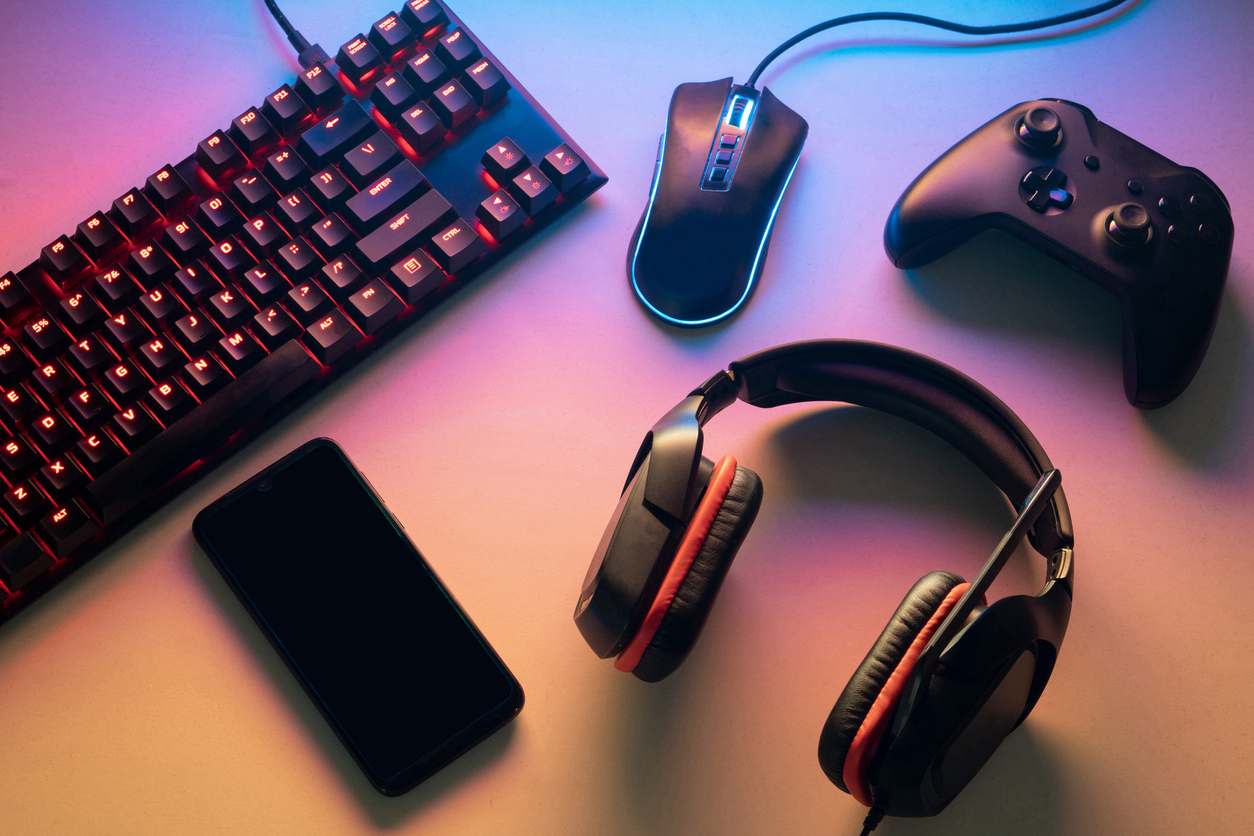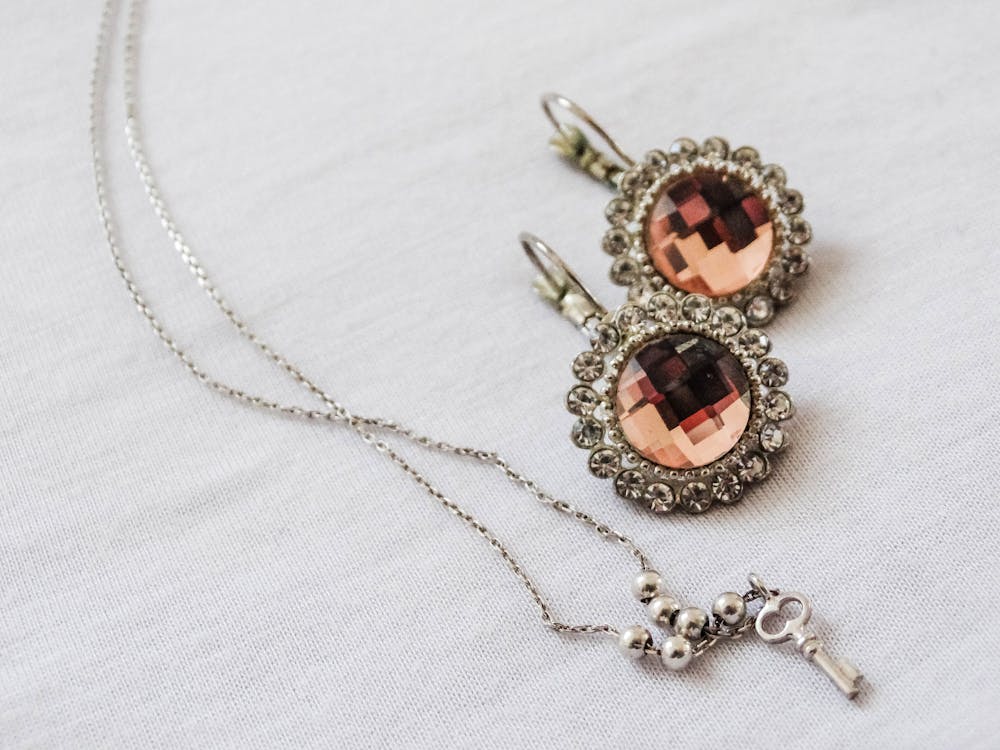
In recent years, the world of gaming has grown exponentially, both in terms of the number of players and the impact it has on mainstream culture. This growth has given rise to an equally expanding market for game merchandise—products inspired by video games that appeal to players, collectors, and fans alike. From t-shirts and action figures to posters and high-end collectibles, game merchandise is a key facet of the gaming experience that connects players to the worlds they adore.
Table of Contents
The Rise of Game Merchandise
Merchandise based on games isn’t a new concept. It began in the 1980s with early arcade hits and console games. However, it was during the 1990s and 2000s, with the rise of gaming consoles like the PlayStation, Xbox, and Nintendo 64, that game merchandise truly exploded. As franchises such as Super Mario, The Legend of Zelda, and Final Fantasy garnered massive followings, the demand for products bearing their logos and characters also grew.
Today, some of the most recognizable game franchises—like The Elder Scrolls, Fortnite, Pokémon, and Overwatch—sell a wide variety of items designed to keep fans connected to their favorite digital worlds even when they’re not actively playing. This extensive range of merchandise helps foster a deeper connection between the games and their players, turning these games into lifestyle brands.
Types of Game Merchandise
-
Apparel
Game-themed clothing is a major part of the merchandise world. From shirts and hoodies featuring iconic logos or characters to hats and socks, there’s something for every gamer’s wardrobe. Apparel not only lets players display their love for a particular game, but it also allows fans to immerse themselves in gaming culture outside of the screen. -
Toys and Collectibles
Action figures, plushies, and high-end collectible statues are especially popular among avid fans and collectors. Companies like Funko have capitalized on this by creating Funko Pop figures of characters from nearly every major gaming franchise. For dedicated fans, these collectibles often go beyond mere playthings—they represent a piece of the game’s world that they can display with pride. -
Posters and Art
Video game art prints and posters are a favorite among fans who want to bring the vibrant worlds of their favorite games into their physical space. Stunning concept art or iconic in-game scenes make great decoration for gaming rooms, dorms, and apartments. These pieces can serve as reminders of in-game achievements or just as a way to reflect personal fandom. -
Accessories
Game-inspired accessories, such as keychains, phone cases, backpacks, and wallets, allow players to bring their love of gaming into their everyday life. These accessories often feature the logos, characters, or emblems of popular franchises and can be functional or purely decorative. -
In-Game Merchandise
Some games offer digital merchandise, allowing players to purchase skins, outfits, or cosmetic items for their in-game characters. Titles like Fortnite, League of Legends, and Minecraft have capitalized on this trend, giving players the opportunity to purchase unique items that enhance their in-game experience without affecting gameplay. These virtual goods often hold significant value, as they allow players to customize their avatars in ways that reflect their personality or in-game accomplishments.
The Appeal of Game Merchandise
-
Fandom and Identity
Game merchandise is a way for players to express their love for the games they enjoy. For many, gaming is more than just a hobby—it’s a passion and a large part of their identity. Wearing a Super Mario t-shirt or displaying a Pokémon figurine sends a message to the world about what they value and enjoy. It fosters a sense of belonging within the larger gaming community. -
Nostalgia
Many gamers feel nostalgic about the games they played during their childhood or formative years. Game merchandise provides a way to reconnect with the past. For example, collectors who grew up playing The Legend of Zelda may seek out merchandise or collectibles as a way to relive those memories, or to pass their love of the franchise down to the next generation. -
Exclusivity and Collectibility
Limited edition or exclusive merchandise is highly coveted in the gaming world. Games like The Elder Scrolls V: Skyrim and Halo have released special collector’s editions that include rare and valuable merchandise, such as high-quality statues, exclusive posters, and art books. This limited availability drives demand and encourages players to purchase these items as a form of investment, knowing that their value may increase over time. -
Influence of Streamers and YouTubers
The rise of gaming content creators on platforms like Twitch and YouTube has also contributed to the popularity of game merchandise. Many gamers idolize popular streamers, and by purchasing merchandise associated with them or their favorite games, they feel more closely connected to these influencers. Merch that features streamers’ logos or catchphrases can create a sense of community among fans.
Economic Impact
The gaming industry as a whole is a multi-billion-dollar sector, and game merchandise is a key part of that financial ecosystem. The sale of video game-related products significantly boosts the revenue of developers, publishers, and independent creators. Companies like Nintendo, Sony, and Microsoft earn substantial revenue not only from game sales but also from the various merchandise lines associated with their franchises.
The success of game merchandise also offers opportunities for smaller indie developers. For example, Stardew Valley, a popular indie game, saw a surge in merchandise sales after the game became a cultural phenomenon. Indie games, once limited to digital sales, now have avenues for increased revenue through product tie-ins and fan merchandise.
Challenges and Controversies
While game merchandise is an exciting and profitable segment of the gaming industry, it is not without its challenges. Issues such as counterfeiting, quality control, and licensing disputes can arise when it comes to mass-produced items. Additionally, some fans may feel frustrated when expensive limited-edition merchandise becomes hard to acquire due to high demand and low supply, leading to scalping or reselling at inflated prices.
Another challenge for developers and publishers is maintaining the balance between offering meaningful merchandise and over-commercialization. While it’s tempting to capitalize on fan enthusiasm, pushing out too many products can sometimes dilute the brand and detract from the quality of the game experience itself.
Conclusion
Game merchandise is an integral part of the gaming culture, offering fans tangible ways to celebrate and engage with their favorite games. Whether it’s wearing a t-shirt that features beloved characters, collecting limited-edition statues, or proudly displaying a poster of their favorite virtual world, fans find unique ways to bring their gaming passion into the physical world. As the gaming industry continues to evolve, the merchandise market will likely keep growing, further blurring the lines between virtual and physical experiences, and cementing gaming as a central part of modern pop culture.


















